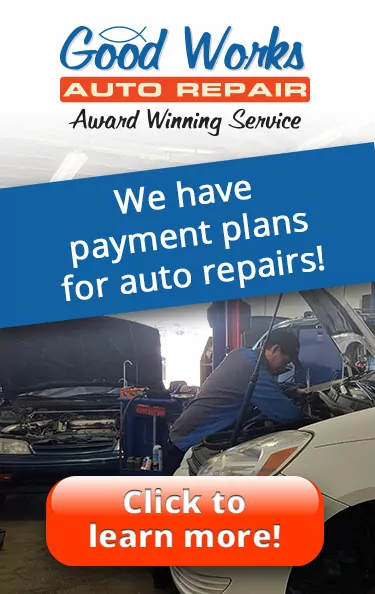No one wants to fail, that’s why we panic when our vehicle doesn’t pass inspection or fails a vehicle emissions test. We take pride in our investment and we want our vehicle to perform optimally and we also do not want to dish out money too often to fix them. But failing a vehicle emissions test isn’t the end of the world and our auto repair shop is prepared to help you figure out why your vehicle has failed and how to get a passing mark.
Air quality is important for human health, which is why we have to go through vehicle emissions testing in the first place. 
Not sure why you have failed an emissions test? The following are some common reasons that vehicles do not pass:
- The fuel metering out of specification due to a faulty computerized engine control, carburetor, or fuel injection unit.
- A faulty oxygen sensor which measures the amount of oxygen in the exhaust gas. Without fixing this, it can lead to other problems including overheating, higher toxic emissions and loss of acceleration power.
- A defective ignition system where the analyzer detects high hydrocarbons. The most common causes of high HC are defective spark plugs wires, worn out spark plugs, over advanced ignition timing or a worn out distributor cap.
- Leaks in the vehicle’s vacuum are also a possibility. A vacuum leak is often caused by the MAP sensor not working properly and may be found in the gaskets or the vacuum lines somewhere else.
- A rich fuel mixture where high CO2levels are often caused by high carbon monoxide levels due to a weak ignition or a rich air/fuel mixture.
- Malfunction in the air injection system which is supposed to help reduce your emission of hydrocarbons and carbon monoxide of a car. If the air injection system is defective or malfunctions, the engine is not able to properly control the levels of hydrocarbons and carbon monoxide emission causing the car to emit high levels of these dangerous gases.
- Faulty evaporative emission control systems are also a known issue for failing an emissions test. This system prevents gasoline vapors from the fuel system and tank from being released into the atmosphere. Some of the more common causes of a faulty EVAP include leaks in the vacuum hoses and vents, defective purge valves, or faulty gas caps.
In addition to environmental advantages to vehicle emissions testing, there are also advantages to you – the driver. Once you repair those faulty systems or parts which caused your vehicle to fail the emissions test in the first place, your vehicle will be running better, more efficiently, and wasting less fuel then before; saving you hundreds in gas dollars. We have the experience, knowledge and technology to help your vehicle last longer and pass the test. When you think of failing the emissions test as a positive experience rather than the end of the road for your vehicle, you will notice an improvement in performance and gas savings right away. If you have failed your latest emissions test, contact us today so that we may help you get a passing mark and on your way to driving safer and better.





